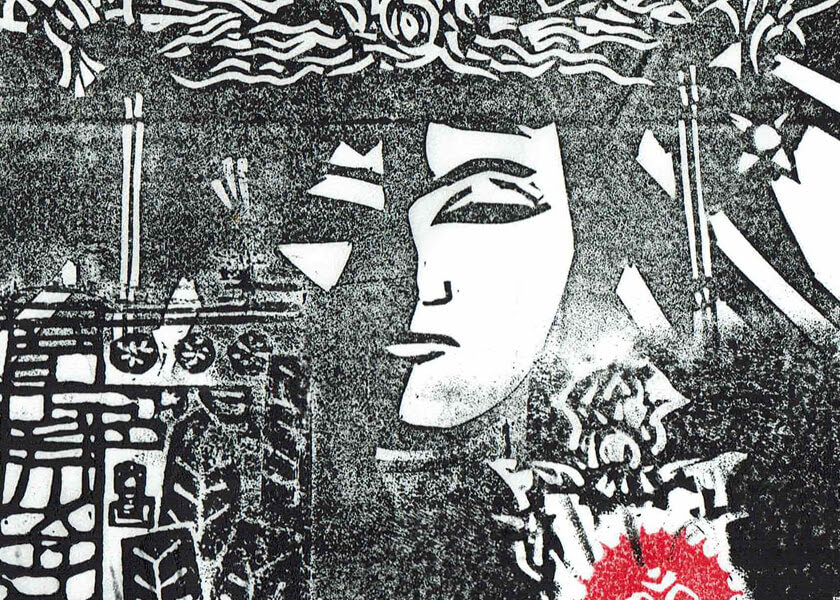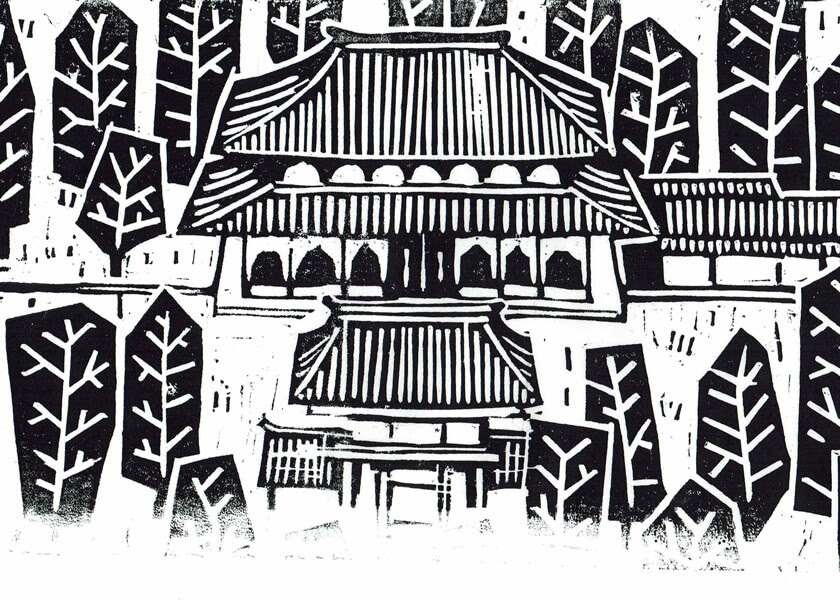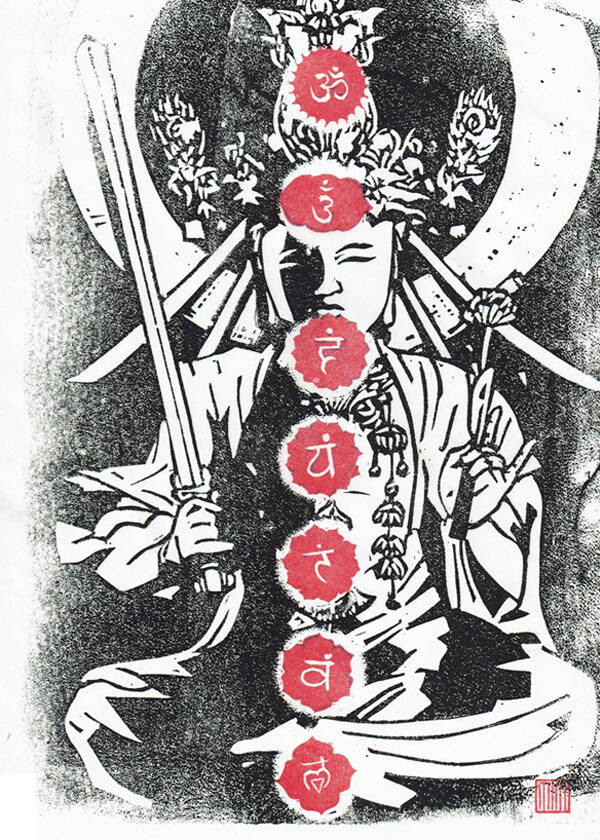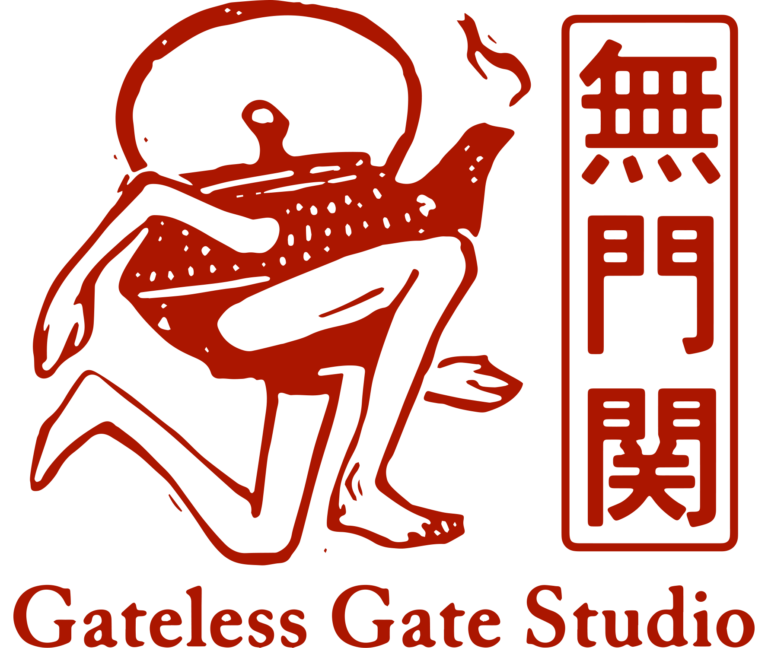Pilgrimage
During my hike through Washington’s North Cascades last summer, I was struck by the vibrant community of hikers I encountered on the Pacific Crest Trail (PCT). This diverse group of individuals from all walks of life was united by their shared passion for adventure and their desire to immerse themselves in nature. As I observed these fellow hikers, I was reminded of a passage from Jack Kerouac’s novel “The Dharma Bums”. In the book, the character Japhy Ryder, inspired by the poet and essayist Gary Snyder, envisions a lively convergence of Zen, wilderness, art, and community.

“I see a vision of a great rucksack revolution, thousands or even millions of young Americans wandering around with rucksacks, going up to mountains to pray, making children laugh and old men glad, making young girls happy and old girls happier, all of ’em Zen Lunatics who go about writing poems that happen to appear in their heads for no reason and also by being kind and also by strange unexpected acts keep giving visions of eternal freedom to everybody and to all living creatures …”

“The Dharma Bums” was published in 1958, placing Japhy Ryder’s prediction over 65 years in the past. Considering the vast changes that have transpired since then, I find it fascinating to wonder about the impact it may have had on shaping trails like the PCT and the emergence of contemporary pilgrimage experiences.
Pondering this led my imagination into the history of pilgrimage, seeing hikers clad in robes and traditions of the early Zen Buddhist monks who sought enlightenment across the deserts and peaks of China. However, that era is far away, and my reflections shifted to the aspects of pilgrimage in my own life and the potential for personal change that these journeys brought.
In the tradition of Kaihōgyō, monks undergo a 1000-day, 24,000 miles, 7-year walking circumambulation of Mt Hiei, through which they are believed to experience a profound transformation, evolving into an emanation of the Buddha known as Fudō Myōō or the “Immovable” King of Brightness. How have my walks offered genuine opportunities for change?

One of my first pilgrimage experiences was on a three-month trip to visit a Japanese Zen temple, and the possibility of such a journey facilitating change occurred on my first evening in Japan, with the taxi driver pulling up to the cobble-stoned entrance and temple’s main gates. He stopped the car, with dogs barking at our presence and chanting monks heard in the distance. Light rain was falling as the surrounding mountains were rimmed in the last light of the day. The driver turned fully towards me and, in a powerful form of non-verbal communication, earnestly asked, “Why here?” We can drive anywhere else, drink, eat, and celebrate life in a hundred different ways. “Why here?” I stepped out of the taxi with great uncertainty and was oblivious to the transformative forces awaiting beyond the gate and many others to come into my life.

On Shikoku Island, pilgrims embark on a 750-mile journey, visiting 88 temples where they can obtain stamps to certify their pilgrimage. I find the idea of these stamps intriguing, like markers of transformation. I didn’t know it then, but as I walked away from the taxi, I received a kind of ethereal stamp that has retained its vividness over the years. It is an enjoyable tangential point connecting with my current block printing art focus, adding to my fascination with the numerous and varied routes, pathways, vehicles, and messengers of change.
You be *Bosatsu,
I’ll be the taxi-driver
Driving you home.
By Gary Snyder
*Bosatsu: A Buddhist deity vowing to save all beings before becoming a Buddha.

Newsletter
Receive a monthly update on all my side roads, points of inspiration, and progress. As a thank you, after subscribing, your confirmation email will provide a link to a free print-quality digital print.

